
What an office lighting should look like: Key concepts
Correct lighting in an office is essential for optimal development of daily tasks. The power of enlightenment goes beyond what we can imagine!
Reaching in an office the sensation of light comfort favors aspects such as concentration, creativity and productivity.
Today we are going to give you some tips on the basic concepts to take into account when lighting your office, don’t miss it!
10 concepts about lighting in offices
Today, there are many different types of luminaires on the market. However, knowing each of its characteristics will help you make the best decision, bearing in mind that optimizing all the variables is complicated.
1. uniformity
First of all, we must take into account the arrangement of the luminaires.
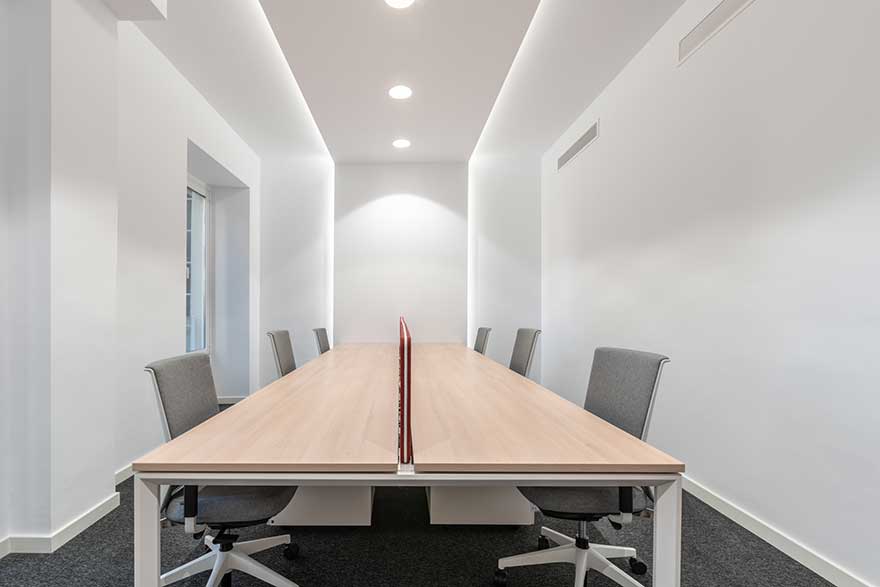
The uniformity of light is very important in lighting an office, because variations in light levels have negative effects on people.
All this, without forgetting that any lighting installation must guarantee the minimum values regulated by the regulations. Have professionals for the lighting of your workspace!
2. natural light
Good lighting, including natural light during the day, dramatically affects worker productivity.
It has been shown that both the above, as well as excess electricity at night, directly alter our circadian rhythm, and with it our energy levels and concentration.

Some brands are betting on simulating sunlight to adapt to biological cycles, we encourage you to get to know Saluz de Normalit.
3. photobiological safety
Third, the European Photobiological Safety Standard determines criteria to analyze whether a luminaire poses an eye or dermatological risk. There are four groups of photobiological risk:

For office lighting, we must always select Risk 0.
4. flicker
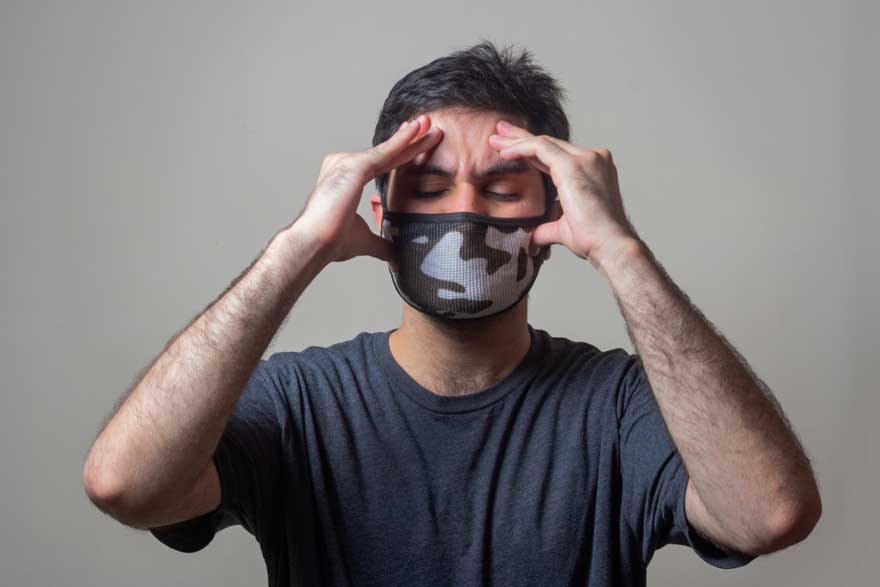
Another concept to ensure the health of users is the flickering of the light source. Despite being in almost all the luminaires, if this index is below 15% we will avoid dizziness and headaches.
In the design of offices, we must look for luminaires with a fickering below 8%, so that it is not harmful.
5. color reproduction
The Color Rendering Index (CRI) measures the ability of light to faithfully reproduce the colors it illuminates.
Specifically, it is measured on a scale from 0 to 100, where a value between 90 and 100 is considered very good and a value between 80 and 90 as good.
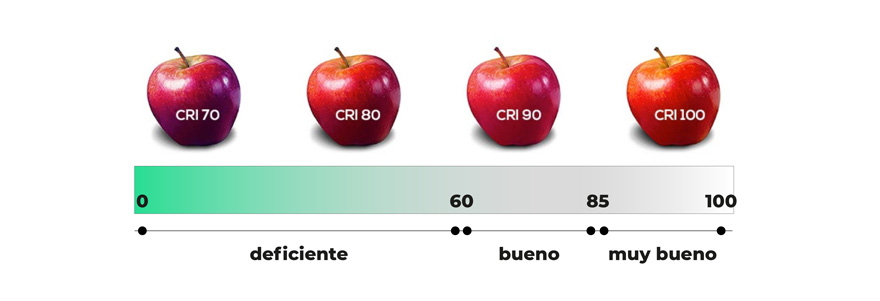
This index is especially important in museums, for example. However, for an office a value between 80 and 90 will suffice.
6. efficiency
On the other hand, the light output defines the light efficiency of a piece of equipment and is measured from 1 (low) to 5 (high / excellent). It is the relationship between the luminous flux emitted (lumens) and the consumption (watts).
So a luminaire with higher light output, emits more light and consumes less. We encourage you to design more sustainable offices!
7. color temperature
The color temperature of light is measured in degrees Kelvin. Refers to the spectral characteristic of a color source. The lower the tones, the lower the temperature. There are basically three groups:
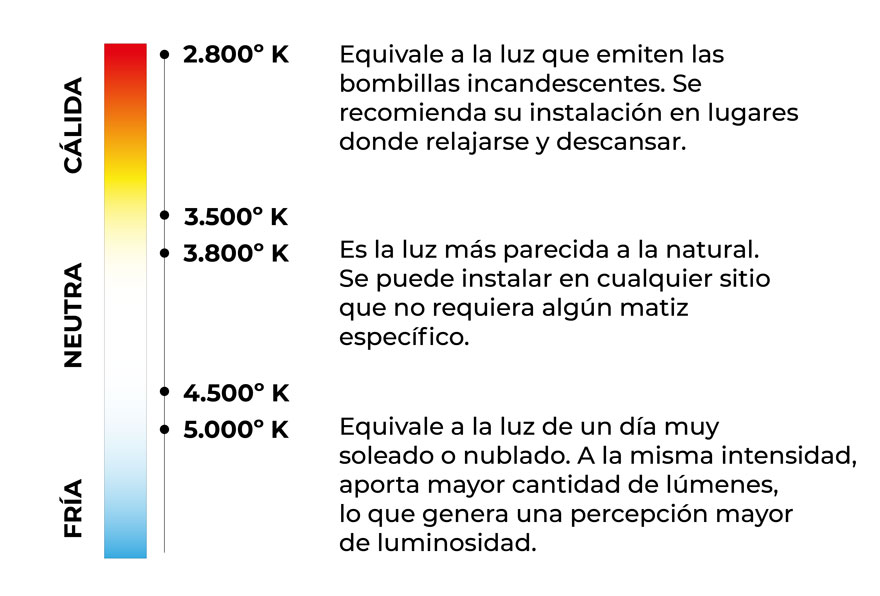
In office design, it is recommended to use neutral light for workstations, as it is the most natural light.

8. luminous flux
The luminous flux on a surface is called illuminance and is measured in lux (lumens per m2).
There are a series of recommended minimum lighting levels depending on the activity to be carried out in the room:
- Read or write: 270 lux
- Computer room: 323 lux
- Meeting room: 323-540 lux
- Closed office: 540 lux
- Open office: 807 lux
- Hallway and stairs: 108 lux
In general, for office lighting we recommend reaching 500 lux on the work surface.
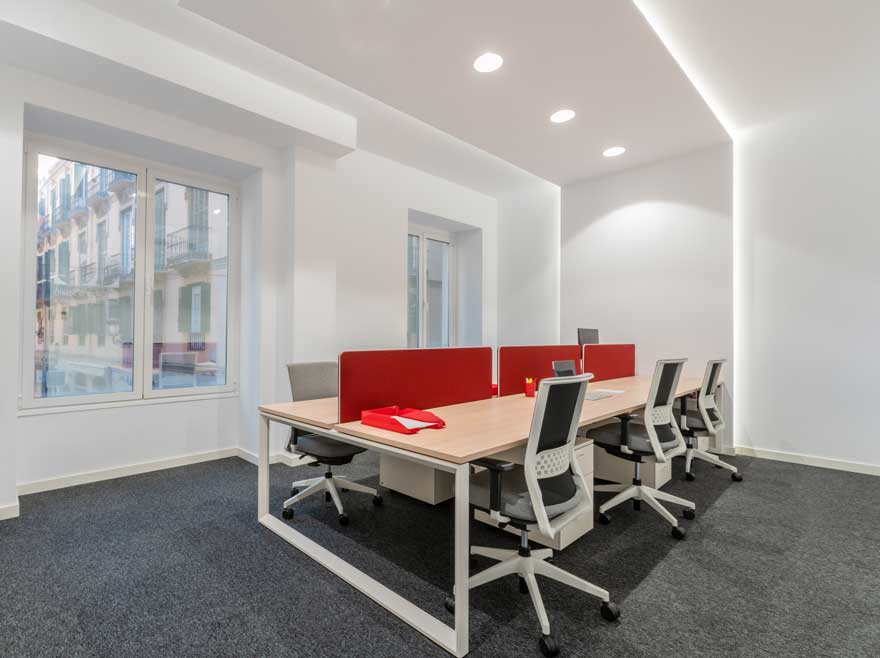
9. glare
The UGR index (Unified Glare Rating) is the index that indicates the glare to which the human eye is subjected. Aspects such as the construction of the luminaire itself, the position with respect to the user and the materiality of the environment intervene.
For lighting design in offices it is recommended not to exceed a UGR 19.
10. opening angle
Finally, another key concept to consider is the light opening angle of the LED luminaire. This value defines the area that can be illuminated depending on the distance to the luminaire.
In this sense, it is recommended to use luminaires with a smaller opening angle with accent or decorative light and luminaires with a wider angle for general lighting in an office.
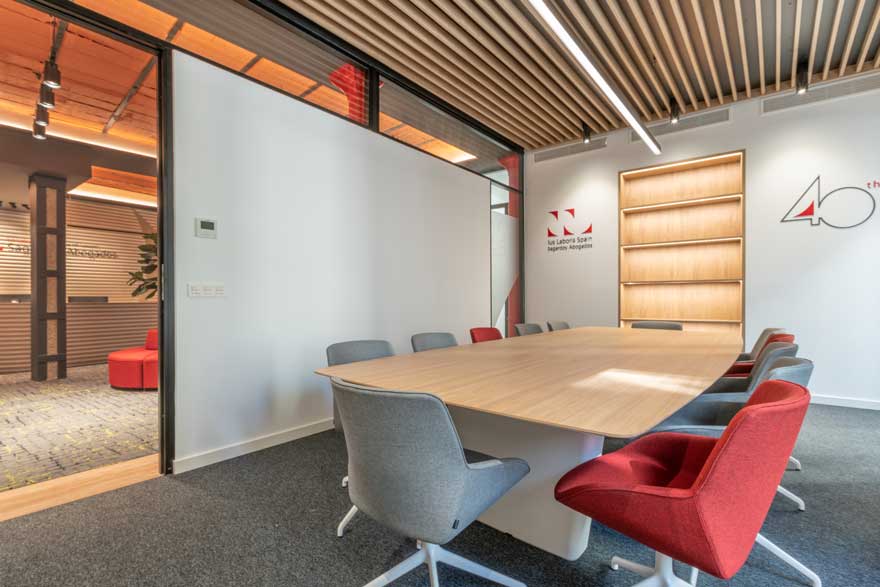
conclusions for top office lighting
We hope that these 10 tips have helped you to know the key concepts about lighting workspaces.
However, the lighting goes further. It is functionality, it is aesthetics, it is efficiency, it is sensations … For this reason, we encourage you to have professionals to design your office lighting.
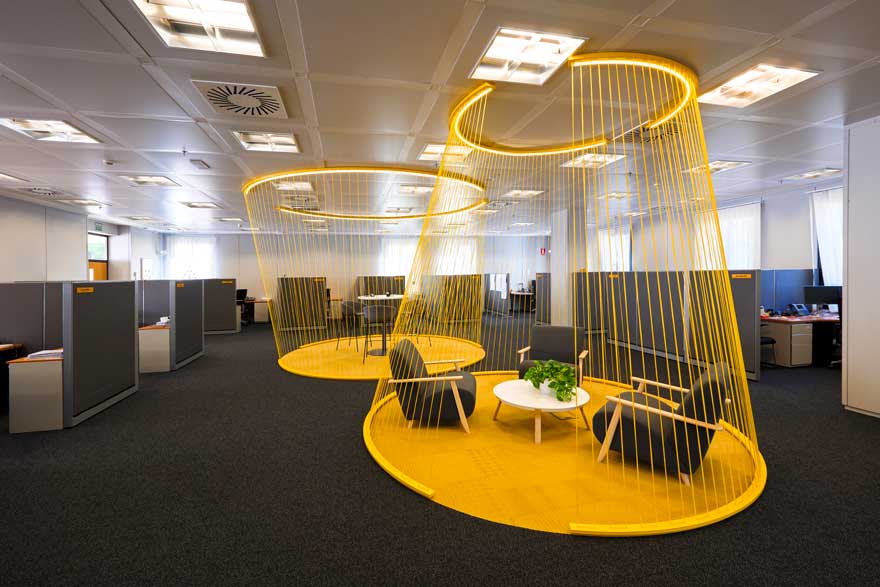
Si quieres saber más sobre interiorismo o nuestros trabajos sigue visitando nuestra web. Puedes empezar por el blog o por nuestros proyectos.
If you want to know more about interior design or our work, keep visiting our website. You can start with the blog or with our projects.
- < anteriorBiophilia in office design
- siguiente >Interior lighting and room design
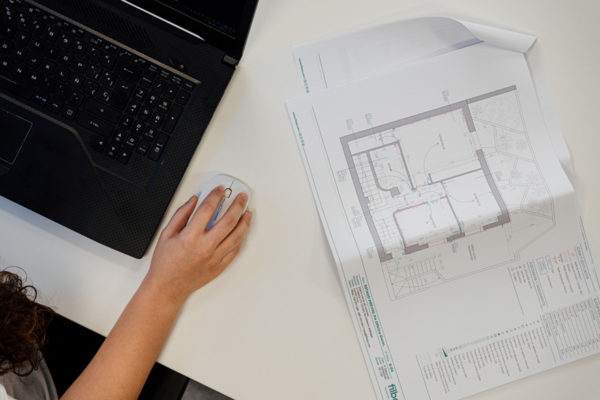
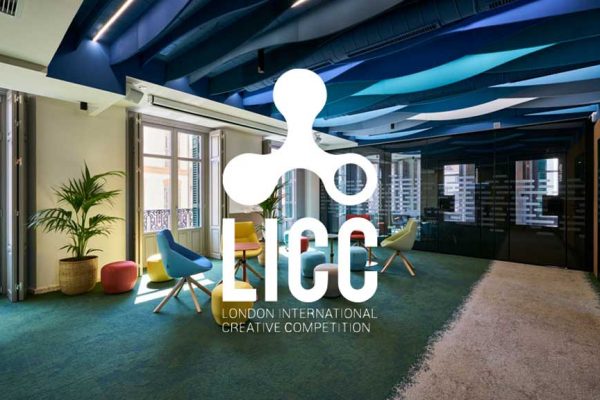
Leave your comment